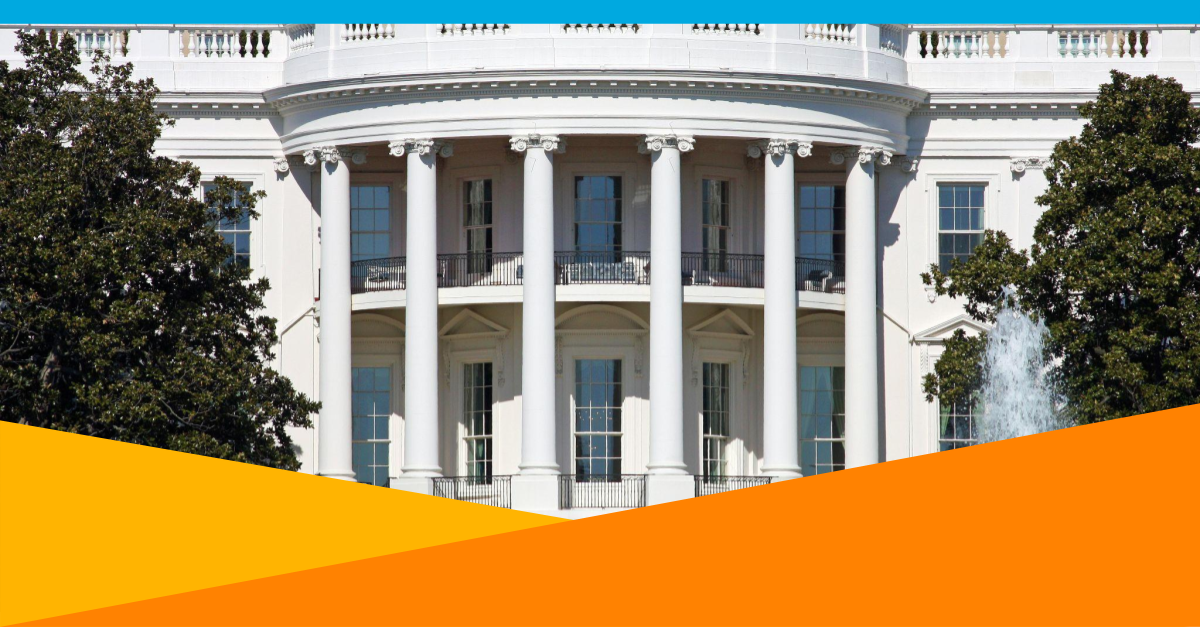
Updated November, 2024
In today’s digital landscape, there are more “things” than ever connected to IT (information technology) systems. You may have heard the term IoT or Internet of Things. Generally speaking, IoT represents every[thing] that is connected to the internet. In this post-COVID world, more things are online than ever before. For example, you can monitor your doorbell from remote locations using motion sensors and video technology, and you can control the temperature of your home from your cell phone using technology such as Google Nest. Technology continues to develop at breakneck speeds, and businesses have been forced to take previously offline systems and bring them online, such as operational technology.
What is OT (operational technology)? Gartner defines OT as “hardware and software that detects or causes a change, through the direct monitoring and/or control of industrial equipment, assets, processes and events.” You can find OT in all industrial operations, such as manufacturing, transportation, oil and gas, mining, utilities, and healthcare facilities. OT is the hardware and software that keeps these facilities running. Examples of operational technology include plant floor control systems, hospital diagnostic and monitoring systems, and water management systems.
Although these OT systems tend to be computer-based, their technology and communications were designed primarily as stand-alone entities and were not intended to be connected or accessed remotely. Due to the rapidly evolving digital landscape, in part due to the onset of COVID-19, many industrial organizations needed to begin embracing Industrial IoT technologies and integrate OT into remote workforces. There are many benefits to bridging the gap between IT and OT, such as:
- Monitoring OT systems with real-time, end-to-end visibility
- Increasing security and reducing vulnerabilities
- Providing a holistic view of operations and information systems
However, integrating IT and OT systems can be quite challenging. To start, these mission critical systems require nonstop availability and oftentimes, cannot even be taken down for maintenance, which means taking them offline to reconfigure the system isn’t an option. In addition, IT and OT teams have different goals and priorities for these systems. IT is focused on protecting data, such as intellectual property, financials, and employee information, whereas OT teams are focused on availability, productivity, and control processes. Balancing these needs must be done with careful planning, coordination, and communication.
So where do manufacturers start?
According to Vertech, an industrial automation services company, there are five steps to successfully converge IT and OT technologies:
- Review: Start with an initial assessment to understand the current state of IT and OT at your organization.
- Report: Create a list of recommendations based on your assessment findings.
- Plan: Prioritize the recommendations and create a step-by-step plan to resolve the issues.
- Implement: After receiving the appropriate sign-offs, get started with your plan.
- Maintain: Ensure you have a regularly scheduled plan in place for maintenance.
Converging IT and OT may seem like a daunting task, but with the right preparation, planning, technologies, and people, it doesn’t have to be. Virgin Hyperloop, a OneLogin customer, recently shared their story about their convergence of IT and OT at their DevLoop test facility in Nevada.
Using OneLogin’s Remote Desktop Gateway (RDG) plugin, Virgin Hyperloop’s IT team was able to successfully control access to their OT environment and layer tight IT controls onto the environment, without impacting engineering’s ability to do their job.
The manufacturing industry has been, and will continue to be, at the center of innovation. With the combination of the fourth industrial revolution, digital transformation and remote-work shift, manufacturers must lean into smart technology to meet the automation, scalability, and communication needs of today’s landscape. Converging IT and OT systems will bring manufacturers’ systems and processes to a single pane of glass, enabling better processes, governance, data security, and compliance. Interested to hear how OneLogin can help your organization through its digital transformation? Reach out for a custom demo today!

